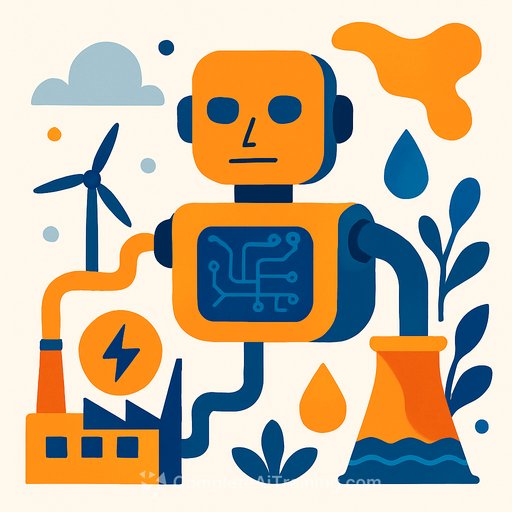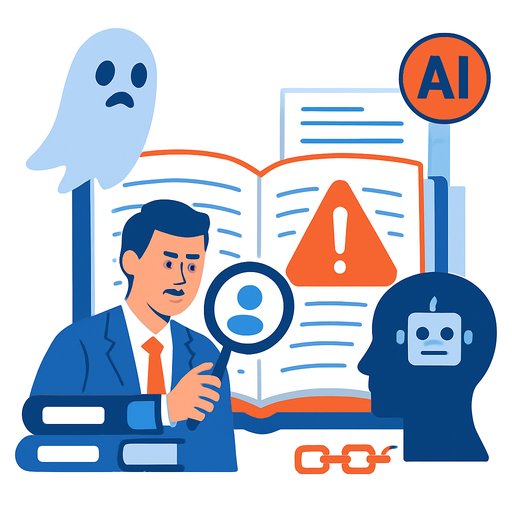AI Prompts Drive Massive Hidden Costs in Energy and Water
Artificial intelligence tools like ChatGPT, Google Gemini, and Microsoft Copilot have become integral to billions of daily interactions. While these AI systems seem effortless on our screens, each prompt triggers a real demand for electricity and water, contributing to a growing environmental footprint.
AI Prompts Build a Large Resource Footprint
Every AI prompt consumes measurable amounts of energy and water. According to OpenAI CEO Sam Altman’s blog, a single ChatGPT prompt uses about 0.34 watt-hours of electricity and 0.322 mL of water. Google reports that a Gemini prompt consumes around 0.24 watt-hours and 0.26 mL of water. Though these numbers appear small individually, multiplying them by billions of daily prompts reveals a staggering resource demand.
For context, the International Energy Agency’s April 2025 report forecasts global data center electricity consumption will exceed 945 TWh by 2030—surpassing Japan’s current annual electricity use. AI workloads are the primary driver of this rise, with energy demand from AI-optimized data centers expected to more than quadruple within the same timeframe.
Billions of Prompts Each Day
Since its 2022 launch, ChatGPT’s user base has grown exponentially. OpenAI reported 700 million weekly active users as of August 2025, generating around 2.5 billion prompts daily, according to TechCrunch. With AI integrated into Microsoft Office, Gmail, and Search, the volume of AI queries is reaching unprecedented levels.
Efficiency Gains Cannot Keep Up with Demand
While hardware improvements and advanced cooling methods like immersion cooling have lowered water usage per operation, these gains are outpaced by soaring AI demand. Microsoft’s investments in renewable energy aim to offset rising consumption, but the overall trend reflects the Jevons Paradox: increased efficiency lowers operational costs, which encourages greater use and ultimately higher resource consumption.
Facing AI’s Environmental Impact
The hidden environmental costs of AI are becoming impossible to ignore. Each prompt, though seemingly trivial in resource use, aggregates into a substantial global footprint. This footprint affects electricity grids and water supplies worldwide.
Efficiency improvements are necessary but insufficient alone. What’s needed next is clear accountability—transparent reporting, smarter regulations, and conscious usage habits. Treating every AI prompt as a resource decision can help balance AI’s benefits with its environmental costs.
For those interested in learning more about AI and its implications, Complete AI Training offers up-to-date courses on AI technologies and their responsible use.
Your membership also unlocks:






